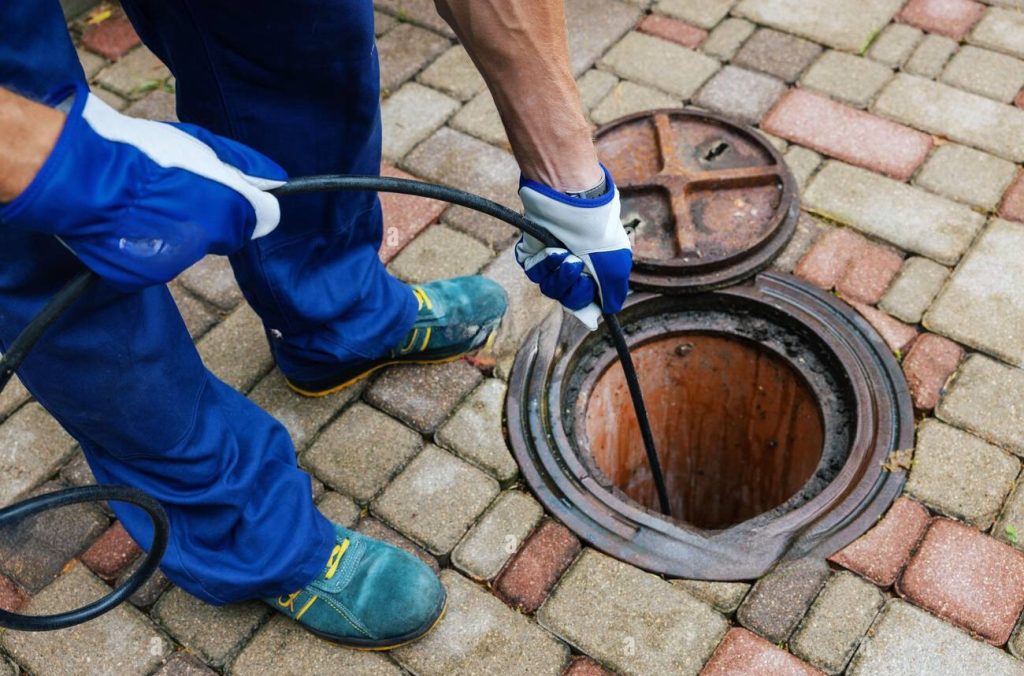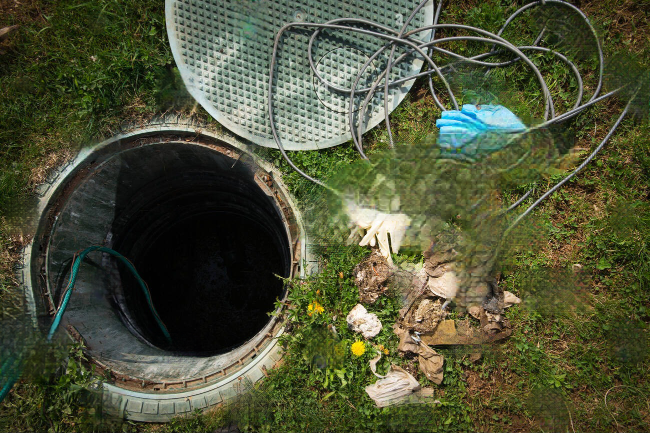
What lurks in the pipes and drains of your house? Perhaps someone in your home poured chunky salsa down the kitchen sink, or perhaps hair has accumulated in your shower drain. Perhaps there’s no obvious reason why the water in your shower, sink, or toilet won’t go down. Many individuals are impacted by clogged drains each year. While many clogs may be resolved on your own, more serious ones would need a plumber’s skill. This blog will discuss the many methods for clogged drain cleaning.
What Causes Clogs?
Finding the source of the clog is crucial before learning how to unclog a drain.
Clogs in your kitchen or bathroom can be caused by a wide range of circumstances. The first step in sewer drain line unclogging should be to investigate to determine the source of the obstruction. Let’s investigate what to look for while analyzing a clogged drain cleaning as there are a few frequent difficulties that cause them.
In The Bathroom:
There are two more frequent causes of obstructions in bathrooms that can cause showers and sinks to drain slowly. When you shower or shave, hair can easily go down the drain, but it stays in the drain and eventually clogs it. By covering your pipes with residue and eventually causing clogging or pipe corrosion, soap scum also leads to obstructions. Now that we know the causes of clogged drains restoration, let’s look at some of the best methods for doing sewer line unclogging at home.
In The Kitchen:
One of two problems is frequently the cause of a blocked kitchen sink, which stops the water from draining completely. A buildup of fat in your drain is the first problem. Grease and oil are among the materials that can gradually congeal in your drain and cause clogs. You should refrain from pouring any kitchen grease down the sink, even if it would be simple to dump in a liquid form. An accumulation of food particles that are difficult to break down is the second most frequent problem. Food fragments can occasionally become lodged in the curved plumbing area beneath your sink, slowing down drainage.
Different Methods For Clogging Drains
Naturally, the pipes in your plumbing system are not perfectly straight. They remove trash and water from your home by bending and curving like water slides. Your pipes’ bends create traps where material such as food particles, hair, and grease can gather and solidify into large masses. You may observe the trap that forms inside the twisted pipes by looking at the base of your toilet. The curve in the pipe beneath your kitchen sink creates another trap.
Your clogs are the masses of waste material that gather here. But clogs don’t always form in traps; they might occur in any area of a pipe where debris accumulates. Sometimes the best technique to clear a blockage in your drains depends on where and how it originated. When a clog accumulates in the middle of a pipe close to the drain entrance, DIY unclogging techniques like dumping hot water can frequently be used to clear it. Clogs that accumulate in traps may be more difficult to clear and call for special tools.
Plunging: The Primary Defense Strategy

The basic plunger is frequently your first choice when it comes to unclogging pipes. It works especially well for small obstructions in bathtubs, sinks, and toilets. To remove the blockage, it’s important to firmly shut the drain and take steady, powerful plunges.
Use Chemical Drain Cleaners Cautiously
Chemical drain cleaners are widely accessible and simple to use, but exercise caution while using them. Certain jams can be unclogged using these treatments, but the environment and your pipes are in danger. Take a look at environmentally friendly enzymatic cleaners as safer substitutes.
Plumbing Auger or Snake: Clearing Deeper Blockages
An excellent remedy for more difficult blockages than a plunger can manage is to use a plumbing snake or auger. With the help of this adaptable instrument, obstructions in pipes may be broken up and removed, frequently without the use of chemicals.
Hydro Jetting: An Effective Cleaning Technique
Using high-pressure water, hydro jetting is a professional technique that clears your pipes of buildup and obstructions. It may help clean the pipe walls, avoiding future clogs, and is particularly useful for severe blockages.
Frequent Upkeep: A Hint of Prevention
Preventive care is essential. You can maintain the best possible condition for your drains by cleaning them regularly with vinegar and baking soda, not throwing oil and food scraps down the sink, and having expert inspections done.
Chemical Clog Remover is Rarely the Answer
Since chemical clog removers are ineffective against true blockages, they should ideally only be used seldom in sluggish drains. Anyone using a snake or plunger to clear a clog in a drain may find that the task becomes more hazardous if liquid clog remover is poured down the drain. Chemical clog removers are also harmful to the environment and can corrode metal pipes, leading to overflowing drains that spill directly onto the ground.
Avoiding Future Mistakes
Use strainers or drain screens to capture material before it enters the drain to avoid blockages in the future. Grease, big food scraps, and an abundance of paper goods are major causes of blockages in drains, so avoid throwing them down the drain.
Conclusion:
If you are wondering how to unclog a drain, you can try any of the following ways mentioned above. But, if the obstruction is too severe, you could want expert assistance. With the appropriate equipment and a competent team, unclogging your drains would be a quick process. They will make sure your water flows down your sink like it used to be. So it is wise to hire pros to unclog your drains!
